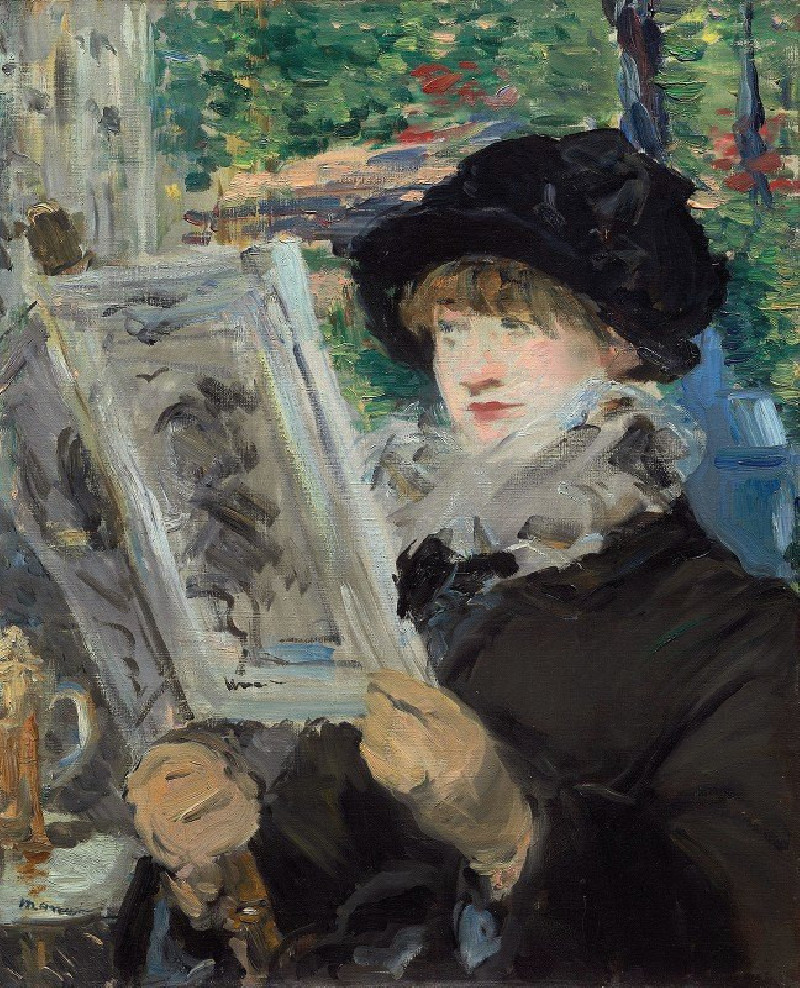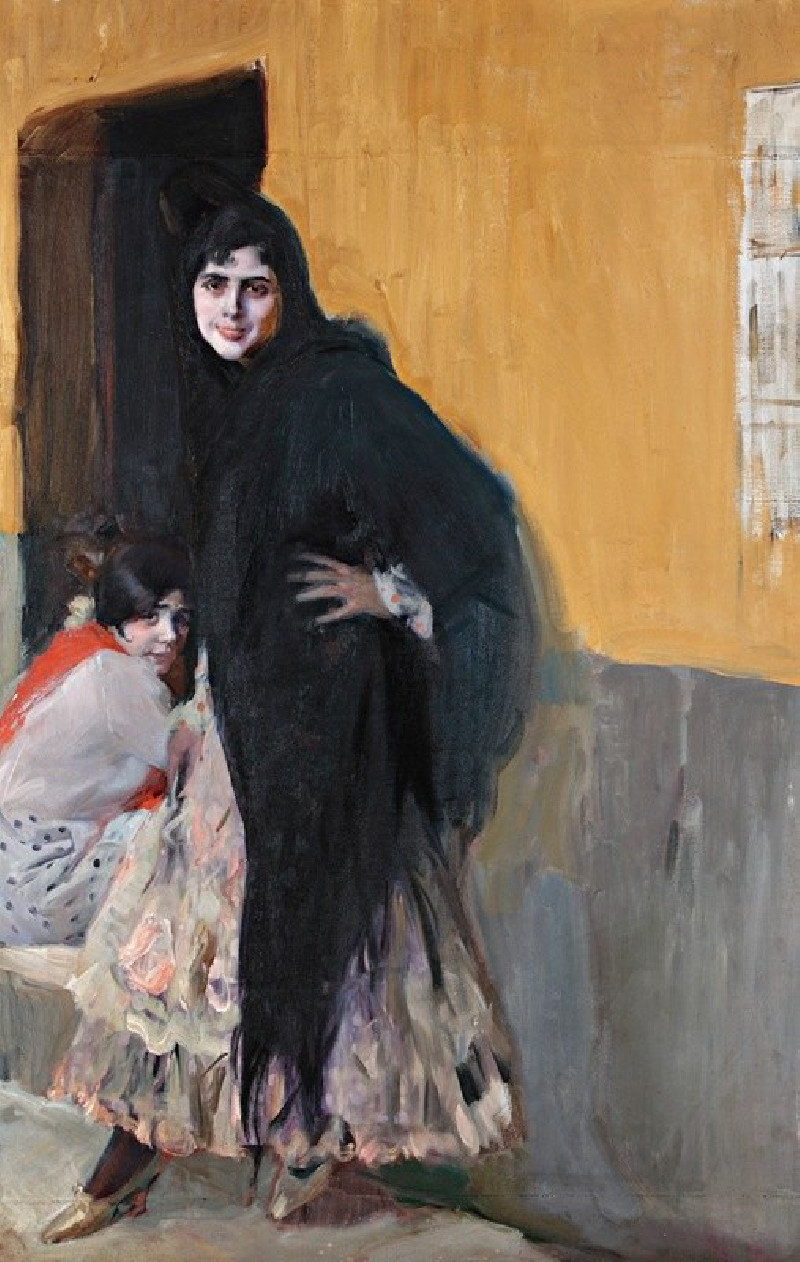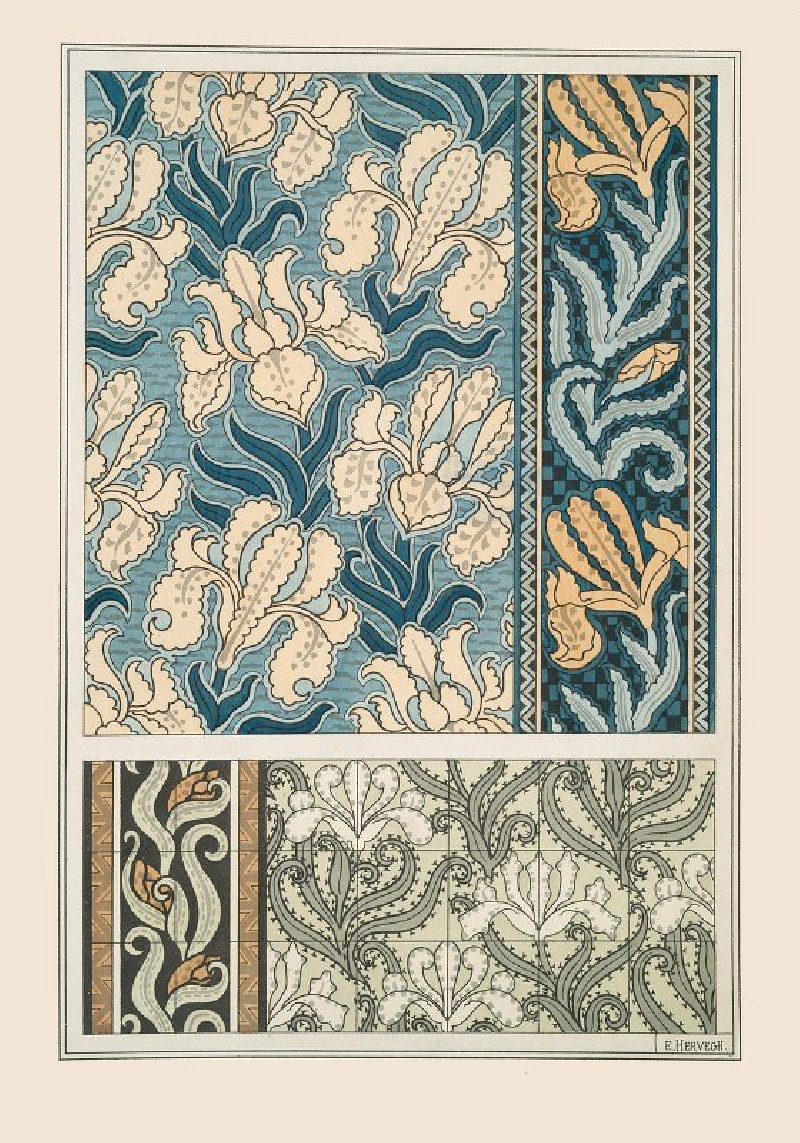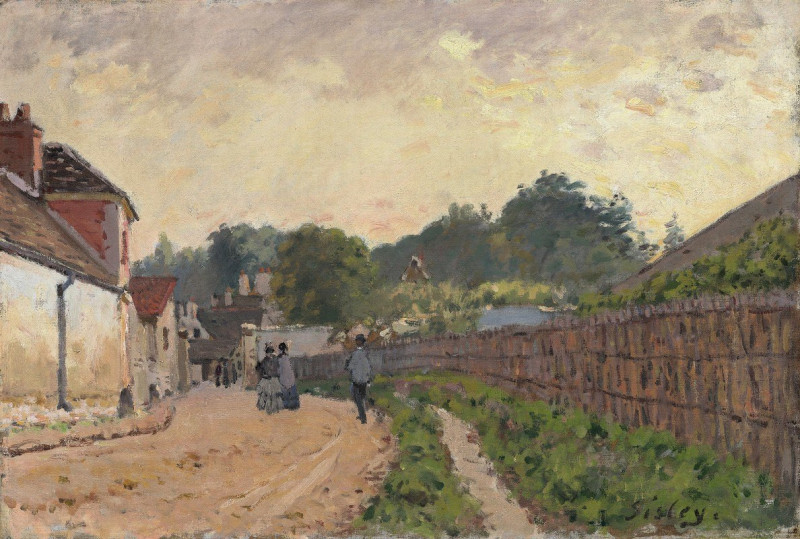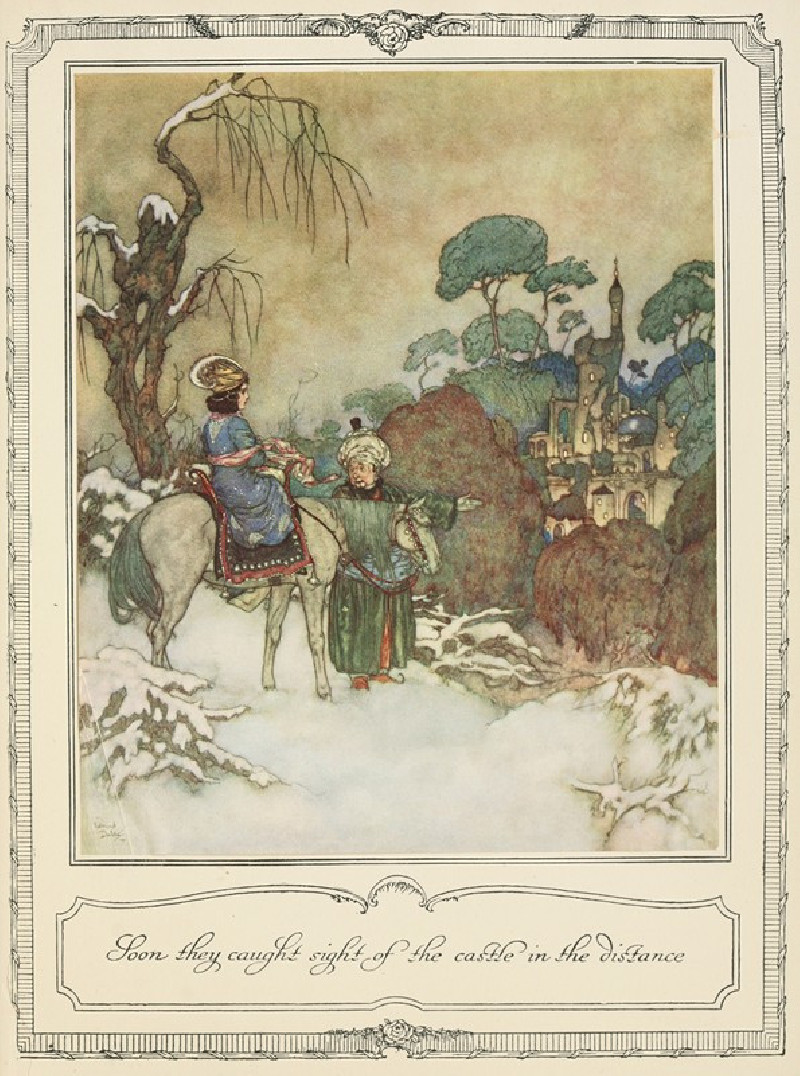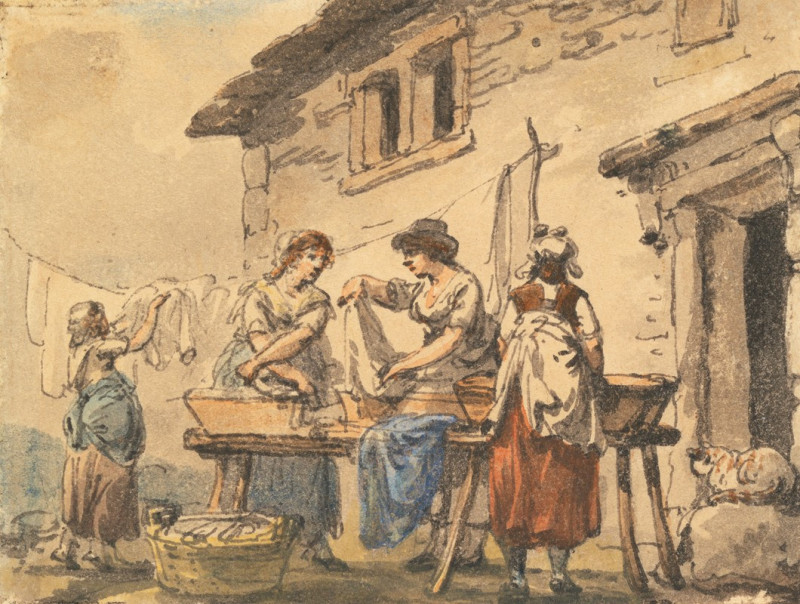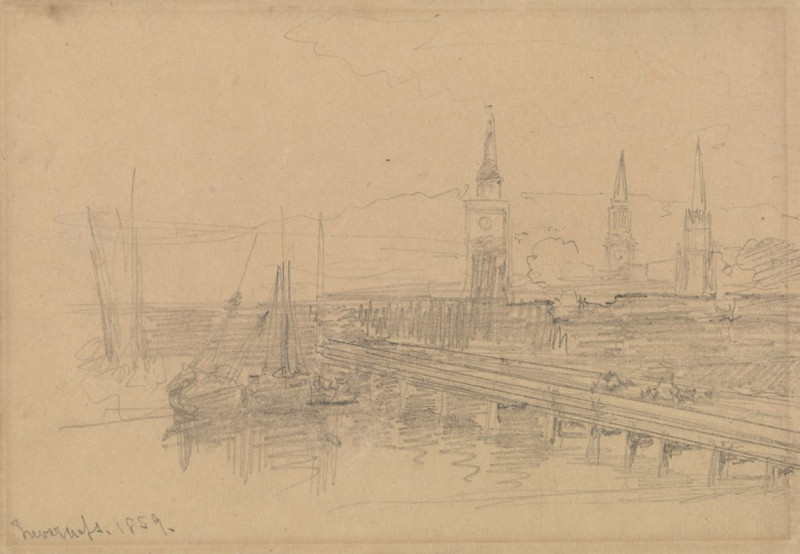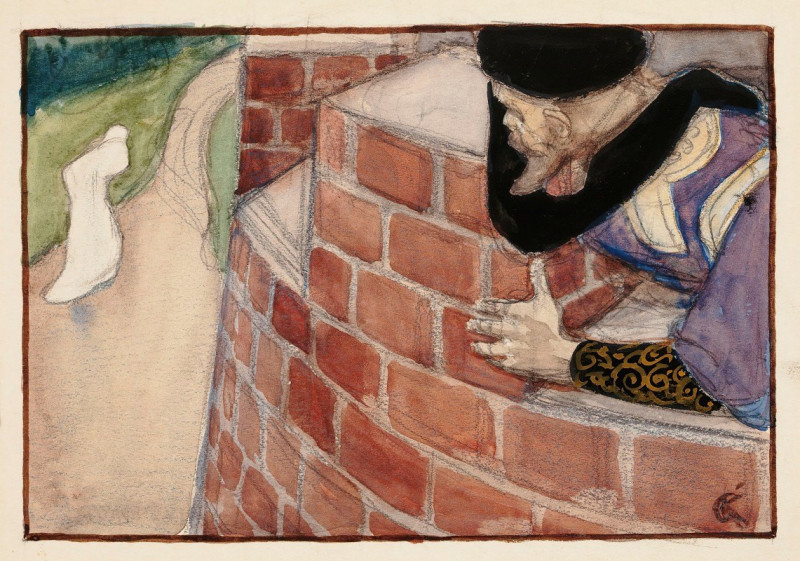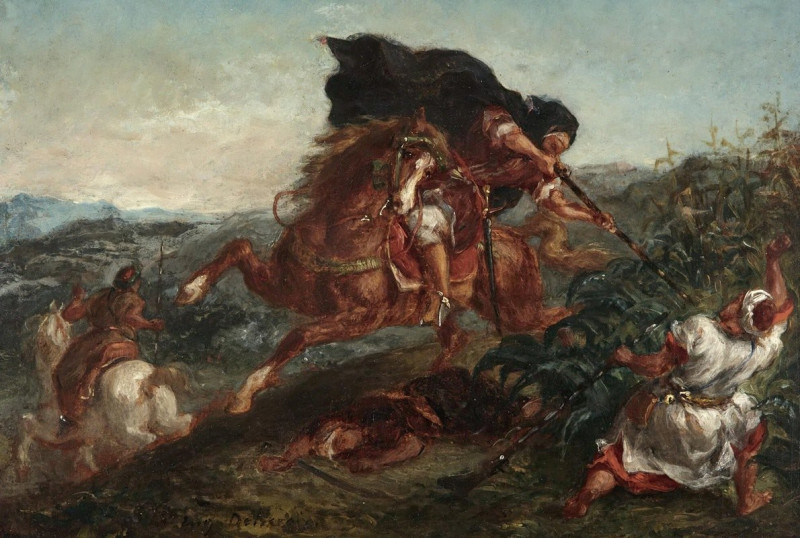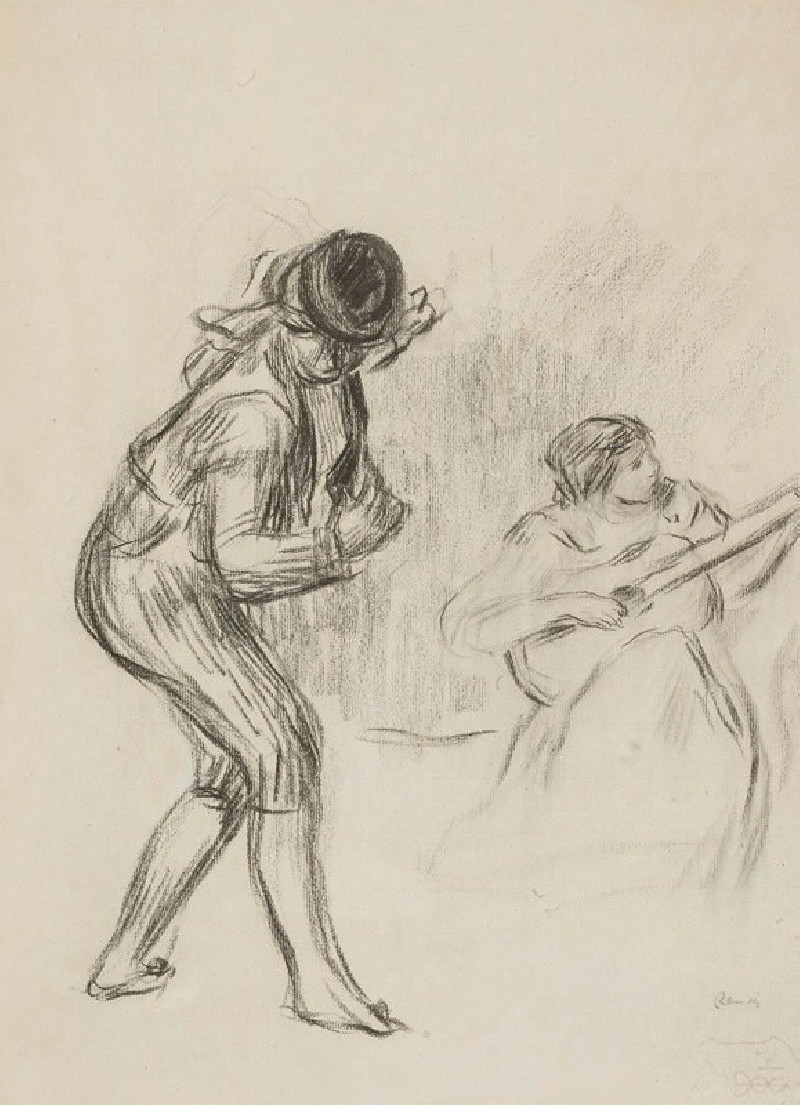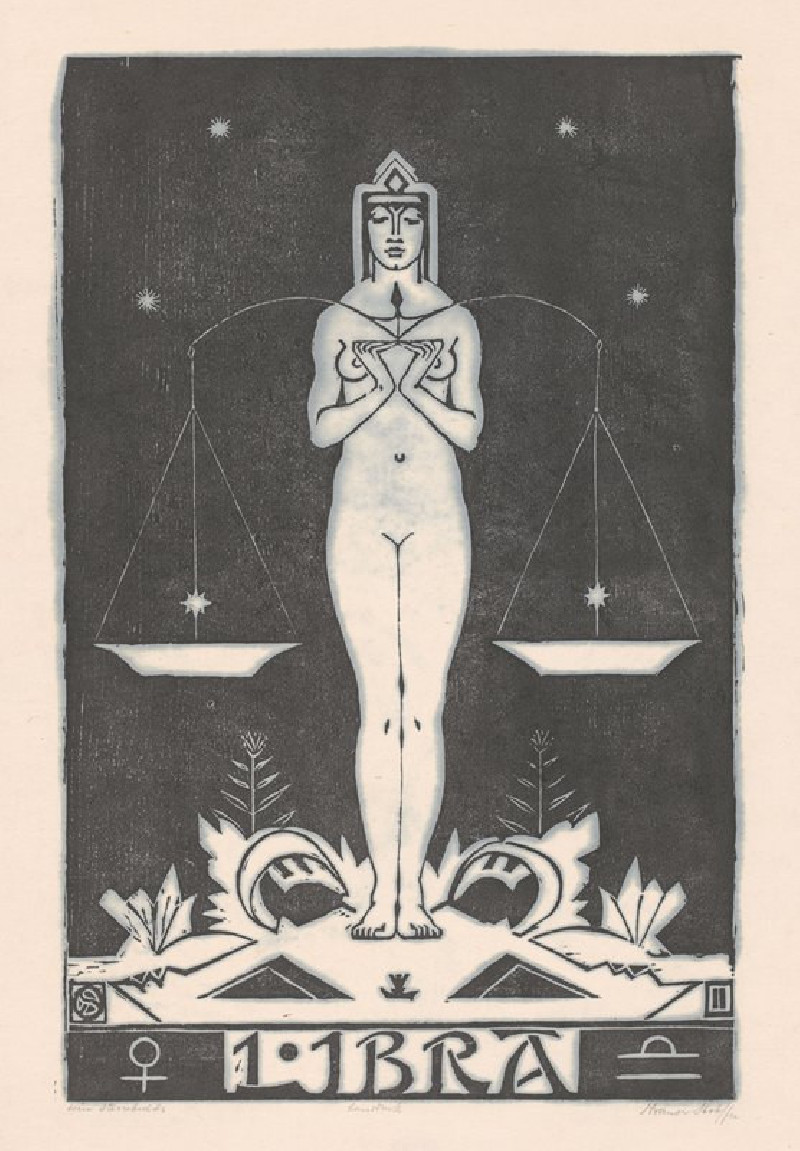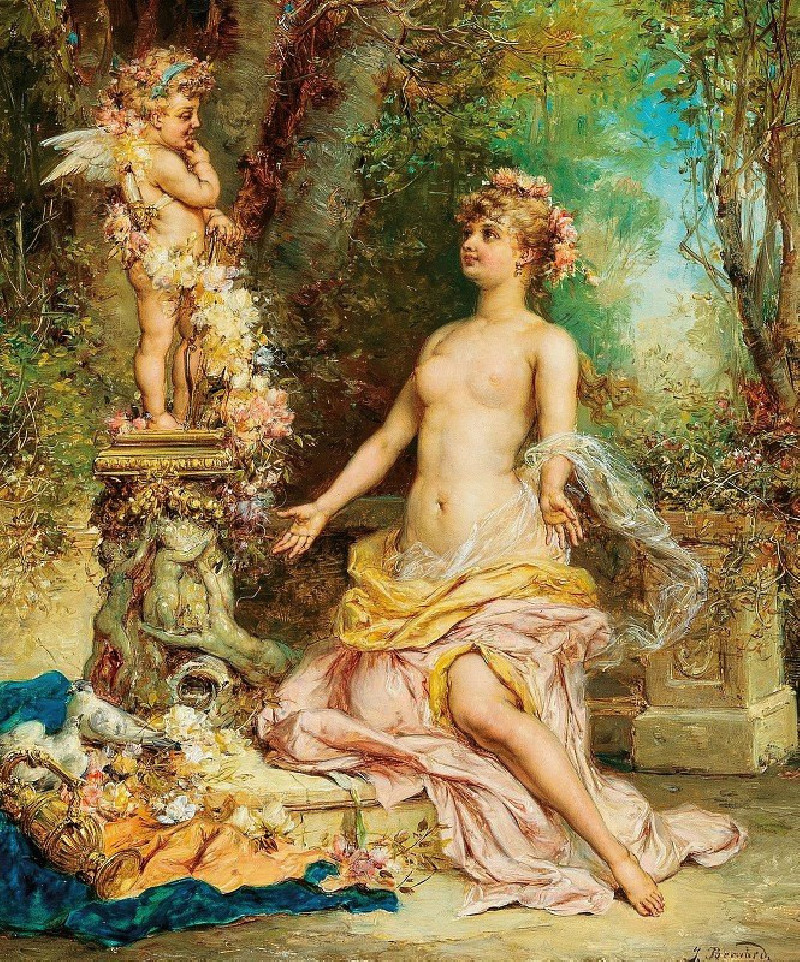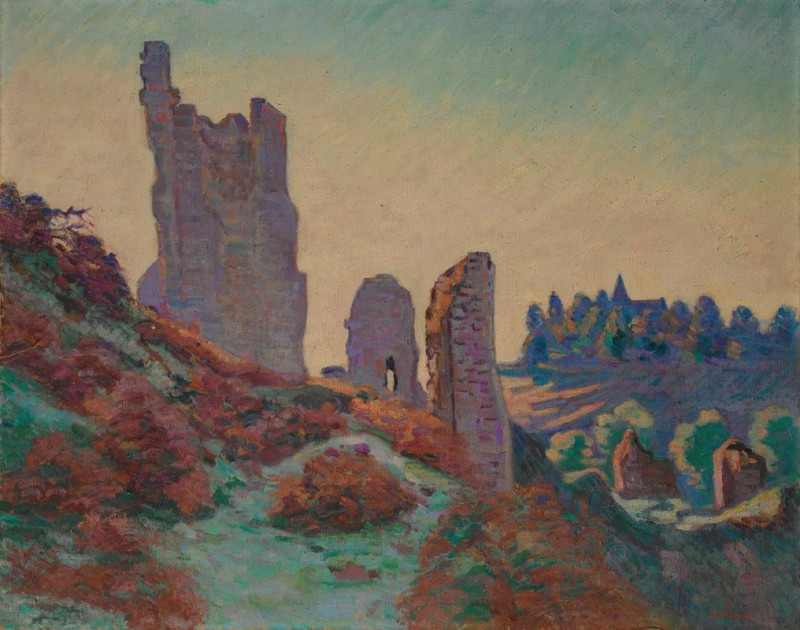Woman Reading (1880)
Technique: Giclée quality print
Recommended by our customers
More about this artwork
Within the vivid brushstrokes of Edouard Manet's 1880 masterpiece "Woman Reading," there lies a captivating scene that draws viewers into a private moment. This painting showcases a young woman, absorbed in her reading material, which appears to be a newspaper or magazine. She is dressed in a fashionable black outfit complemented by a ruffled white collar and an elegant, wide-brimmed black hat. Her attire and the casual way she holds her reading material suggest a moment of leisure, perhaps in a garden or park, as hinted by the greenery and filtered sunlight in the blurred background.Manet's use of light and shadow, along with his loose yet expressive brushwork, emphasizes the immediacy and modernity of the scene. The woman's gaze, directed slightly upwards as if lost in thought or momentarily distracted, adds a layer of introspection to the composition."Woman Reading" is more than just a portrait; it is a snapshot of a moment, a modern life captured with vibrant immediacy. It calls to mind the changing roles of women during the late 19th century, reflecting their growing independence and cultural involvement. This painting not only showcases Manet's skill and innovative spirit but also serves as a cultural artifact that speaks volumes about its time.
Delivery
Returns
Édouard Manet (1832–1883) was a French modernist painter and one of the first 19th century artists to paint modern life. His impressionist style is characterized by relatively small and thin brushstrokes that create emphasis on light depiction. Manet was one of the key artists in the transition from realism to impressionism, along with Claude Monet, Edgar Degas, and Pierre-Auguste Renoir. However, he resisted involvement in any one specific style of painting, and only presented his work to the Salon of Paris instead of impressionist exhibitions. His early masterworks, The Luncheon on the Grass and Olympia, created great controversy and served as a rallying point for other young painters.

